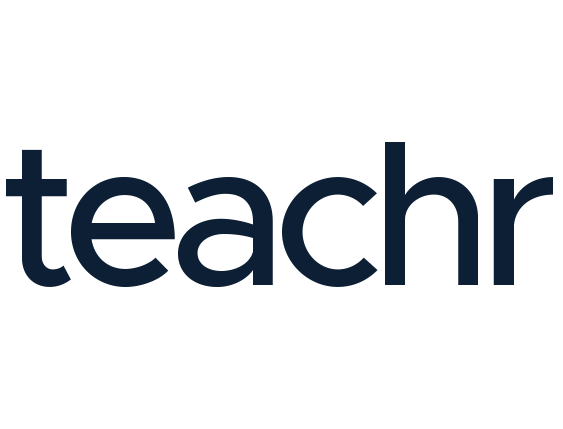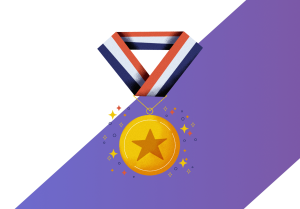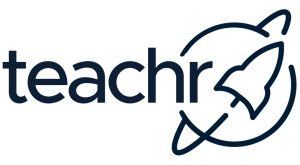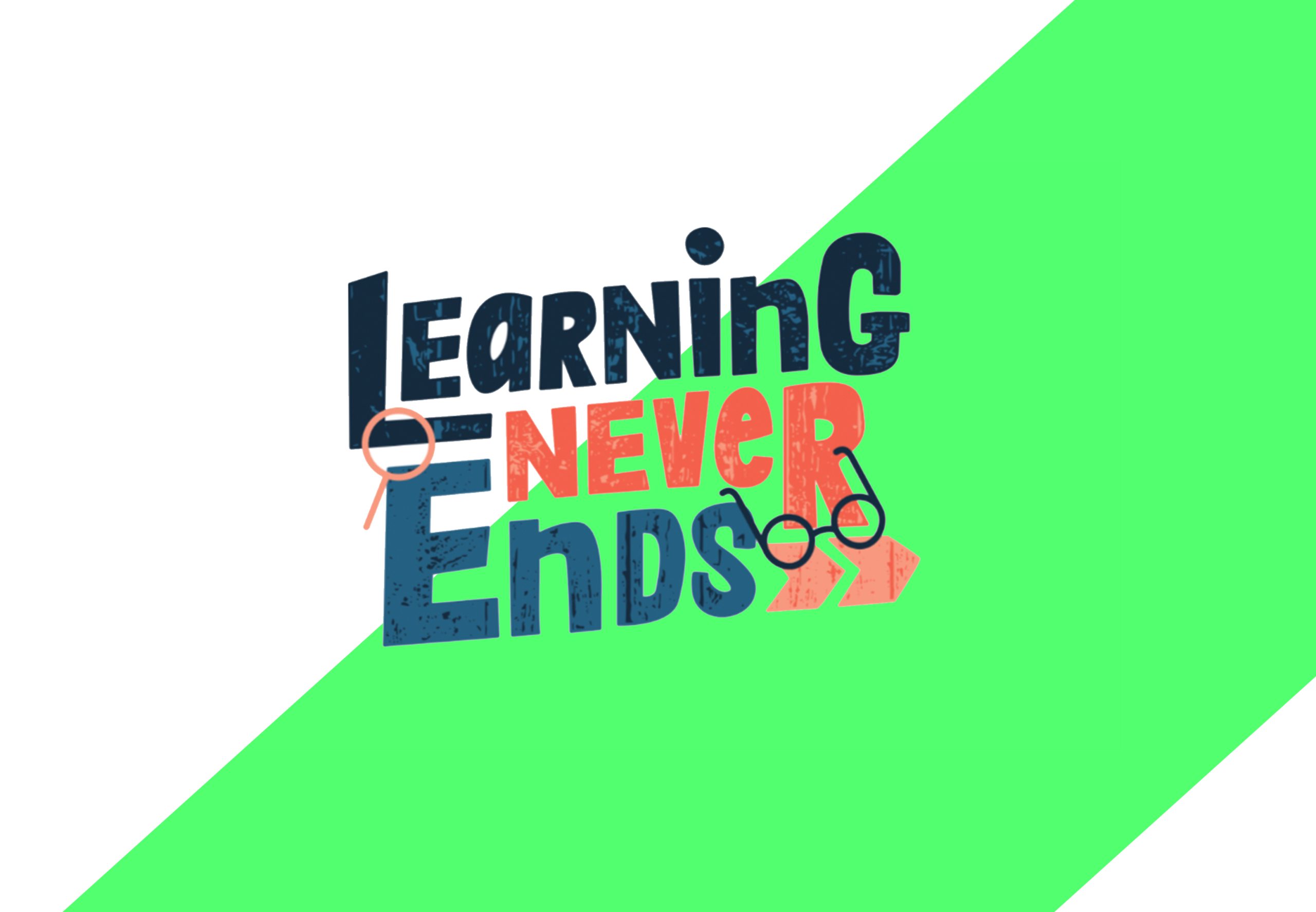
Modern Learning Design with teachr and Bloom’s Taxonomy
Bloom’s Taxonomy is a hierarchical model that classifies learning objectives into different levels of complexity and specificity. Developed by educational psychologist Benjamin Bloom in the mid-20th century, it has been widely used in educational settings to design curricula, frame learning objectives, and assess learning outcomes.
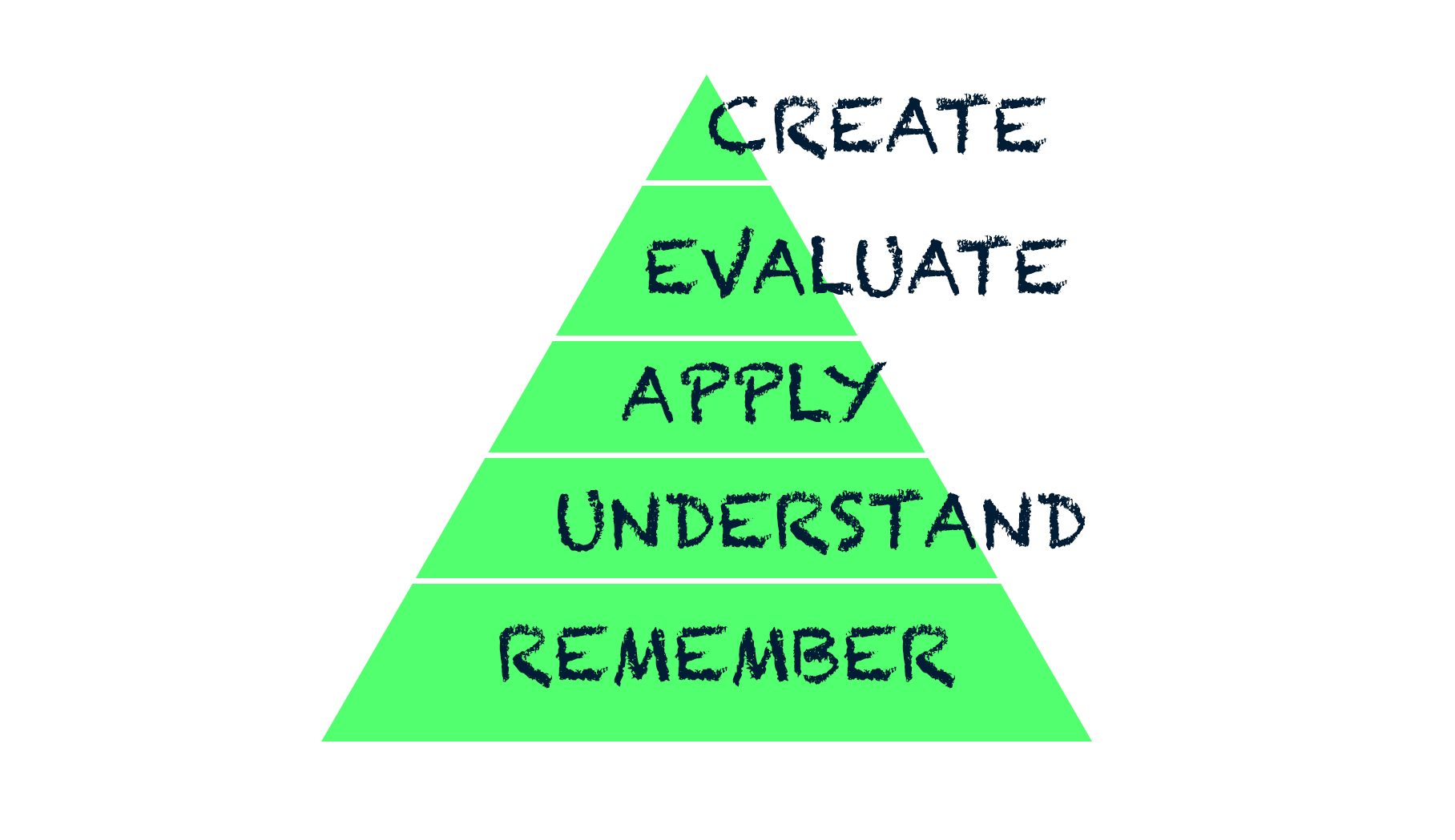
Bloom’s Taxonomy consists of six levels: remembering, understanding, applying, analyzing, evaluating, and creating. Each level represents a different type of cognitive skill that learners need to master.
Remembering: This is the most basic level, where learners are required to recall or recognize information.
Understanding: At this level, learners need to comprehend the meaning of the information.
Applying: This involves using the knowledge gained in new situations.
Analyzing: Here, learners break down complex information into smaller parts for better understanding.
Evaluating: This level requires learners to make judgments based on criteria and standards.
Creating: The highest level of Bloom’s Taxonomy, this involves creating new ideas or products using the knowledge gained.
Enhancing Bloom’s Taxonomy with teachr
teachr as an innovative online course platform, can effectively utilize Bloom’s Taxonomy to enhance the learning experience. Here’s how to apply this method to your online course:
Remembering: teachr’s interactive courses can include quizzes and flashcards and memory games to help learners recall information. Add them and at the same time increase the attention through variety in your course.
Understanding: The platform’s chat dialog simulation feature can facilitate and simulate discussions, helping learners understand concepts better.
Applying: teachr’s practical exercises and real-world examples can help learners apply what they’ve learned. To relate more closely to the reality application, you can use 3D elements or 2D images and tag them with hotspots that explain specific things in the images or 3D graphics.
Analyzing: The platform’s math and code sandbox feature can be used to break down complex coding problems, aiding in analysis for example in coding or learning mathematics.
Evaluating: teachr’s AI-powered course content generator can create assessments and content that require learners to make judgments based on what they’ve learned.
Creating: The platform’s 3D, 360°, and augmented reality features can be used to create immersive, interactive learning experiences, encouraging you as tutor to create awesome experiences.
Enhancing Bloom’s Taxonomy with teachr
While Bloom’s Taxonomy provides a solid foundation for learning design, it has certain limitations, particularly in the context of corporate learning. For instance, it doesn’t adequately address non-cognitive domains like creativity and interpersonal skills, which are crucial in the world.
teachr addresses these gaps by offering features that cater to these domains. For instance, its AI voice-over and speech recognition features can enhance communication skills, while its payment and rewards system can motivate learners to complete the course.
Bloom’s Taxonomy, when combined with the advanced features of teachr, can provide a comprehensive and effective learning experience for you. By addressing the cognitive, behavioral, and psychomotor domains of learning, You then can ensure a holistic approach to online learning that addresses the diverse needs of learners.
